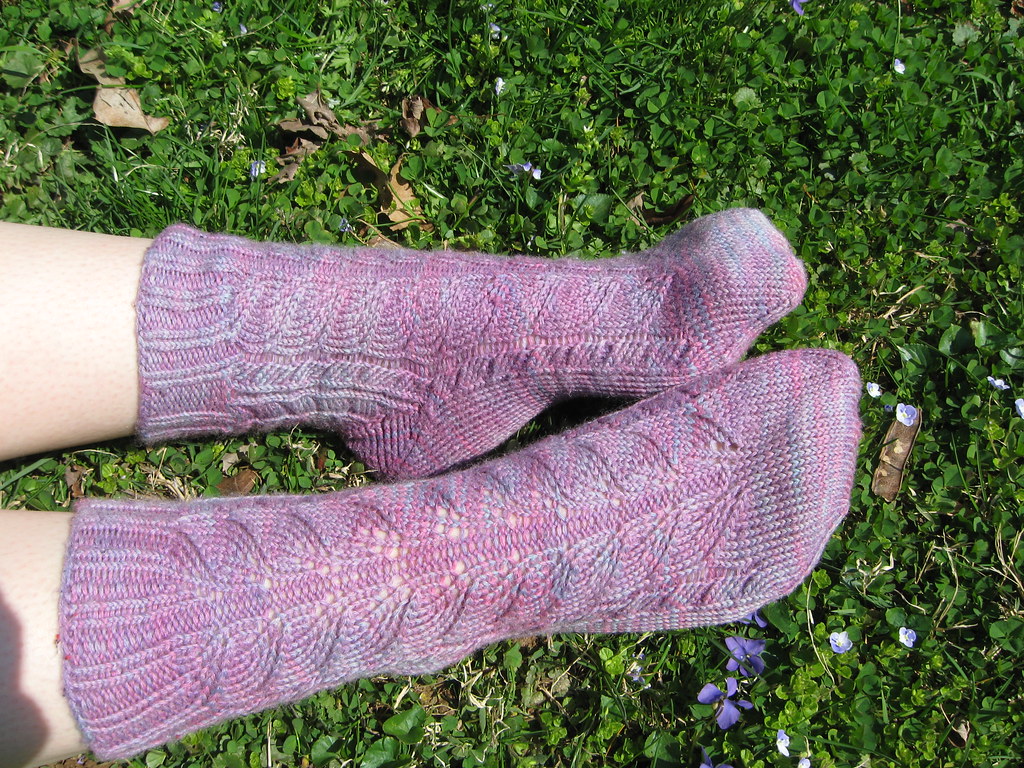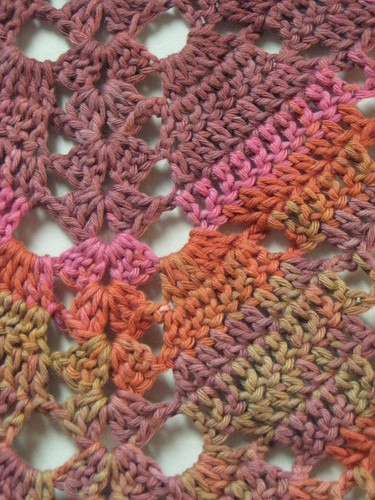.jpg) |
| Photocredit: Sockupied |
I’ve got a new pattern that released this last week, and you might have caught a glimpse of it as I hinted at it’s existence. Time Traveler is a pattern based off of my love of historical knitting and crochet patterns, and I couldn’t be happier to have it released into the general public. Let me tell you, for all the sock’s simplicity, it took me forever to figure out how to get the lace to wrap around the ankle without breaking the stitch pattern anywhere. Absolute ages. But it all works now: and I’ve done all the hard thinking for you!
Let me let you in on a little secret: every once and a while I like to pay homage to my favorite authors with my patterns. One Salt Sea is a homage to Seanan McGuire’s book by the same name (which in turn is a homage to Shakespeare, but I digress). Time Traveler is a tip of the hat to Diana Gabaldon, whose Outlander series features a time traveling heroine. I have a few other patterns whose design sub names followed that name-scheme, but many of the names don’t make it to publication. I have to admit, when I named Time Traveler nearly a year and a half ago, I didn’t know that the Outlander Series would be in the process of being made into a TV series.
.jpg) |
| Photocredit: Sockupied |
There’s so much I love about how these socks turned out: the picot hem, which I love (and would like to use more!), the way the lace seamlessly travels into the rest of the sock (which, dear readers, you don’t know how hard that was!), and the deep plummy color of the yarn. I love the way the heels are worked, the way the toe expansion forms – quite simply, I adore the socks so much. The Hazel Knits yarn is a really good choice for this pattern: you need a sturdier sock yarn in order for the lace to block out and show well. Something that is softer (but more fuzzy) doesn’t quite show how the increases and decreases interplay to make the lace what it is.
Later in the week I’ll be talking about historical patterns, and a little bit about the not-so-easy process of reading them and mining them for ideas.
Until then, enjoy!
.jpg) |
| Photocredit: Sockupied |







